
The inspections took place at the company’s Charnwood, UK, Craigavon, Northern Ireland, and Audubon, PA, locations.

The inspections took place at the company’s Charnwood, UK, Craigavon, Northern Ireland, and Audubon, PA, locations.
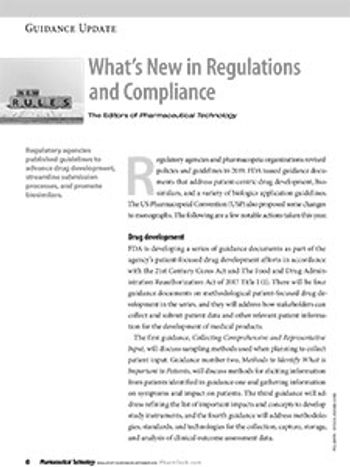
Regulatory agencies published guidelines to advance drug development, streamline submission processes, and promote biosimilars.

FDA has approved Novo Nordisk’s Rybelsus (semaglutide), a glucagon-like peptide receptor protein treatment in oral tablet form for type 2 diabetes.

The European Medicines Agency’s Committee for Medicinal Products for Human Use has recommended the approval of AstraZeneca’s Qtrilmet (metformin hydrochloride, saxagliptin, and dapagliflozin) modified-release tablets for treating type-2 diabetes.

The Committee for Medicinal Products for Human Use of the European Medicines Agency has granted a positive opinion recommending marketing authorization for Bavencio (avelumab) in combination with axitinib for treating kidney cancer.

A request has been made to the CHMP by the executive director of EMA to provide guidance on how to avoid the presence of nitrosamine impurities in human medicines.

In parallel to the priority review designation for its biologics license application, Merck plans to scale up its doses of the investigational Ebola vaccine to meet global outbreak response needs.

This article examines the history and evolution of the pharmacopoeias and the particular challenges that must be overcome to achieve harmonization among the pharmacopoeias.

The authors take a closer look at these ongoing efforts to harmonize compendial standards, with perspective that may be helpful in considering the future direction of pharmacopoeias.

EMA plans to issue new guidance, as US and European regulators respond to reports of nitrosamine contamination in H2 blockers, including Zantac, that contain rantidine.

While overall industry performance is trending positive, quality failures continue to negatively impact patients and the bio/pharma industry.
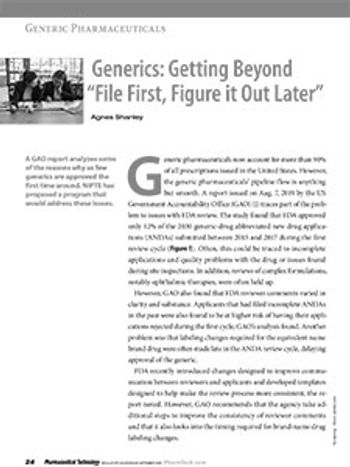
A GAO report analyzes some of the reasons why so few generics are approved the first time around. NIPTE has proposed a program that would address these issues.
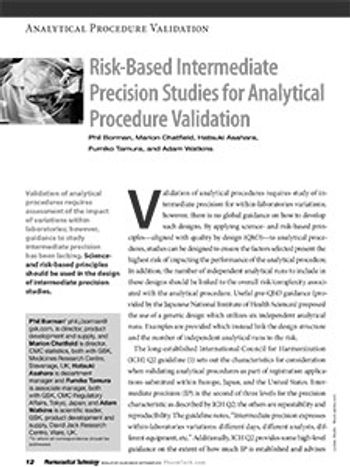
Validation of analytical procedures require assessment of the impact of variations within laboratories; however, guidance to study intermediate precision has been lacking. Science and risk-based principles should be used in the design of intermediate precision studies.

In this series of articles, the authors provide an understanding about the need for pharmacopoeia compliance and practical guidance to assist those who perform this work.
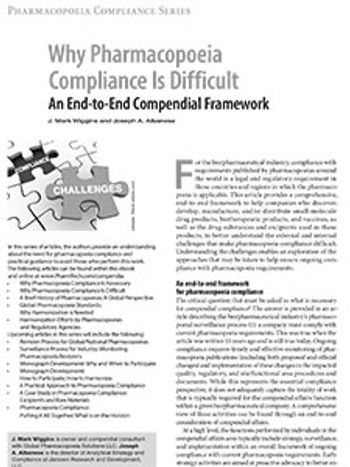
In this series of articles, the authors provide an understanding about the need for pharmacopoeia compliance and practical guidance to assist those who perform this work.

In this series of articles, the authors provide an understanding about the need for pharmacopoeia compliance and practical guidance to assist those who perform this work.
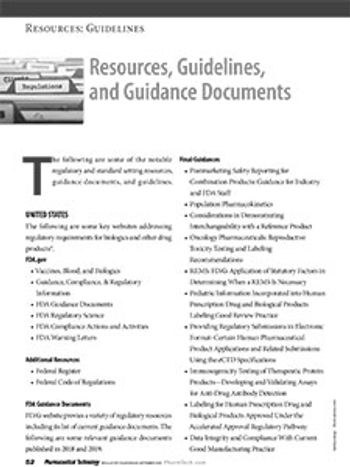
Find links to pertinent regulatory and standard setting resources, guidance documents, and guidelines.
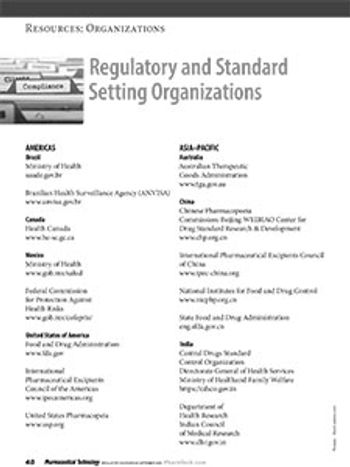
Connect with pharmaceutical and healthcare regulatory authorities around the world via this directory.

This article provides the legal and regulatory basis for pharmacopoeia compliance and illustrates pharmacopoeia impact throughout the drug product lifecycle.
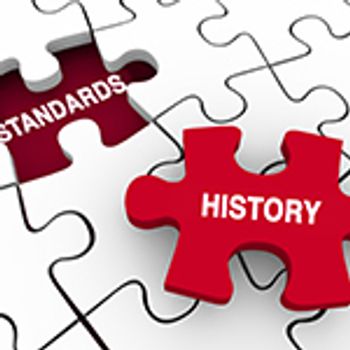
This article examines the history and evolution of the pharmacopoeias and the particular challenges that must be overcome to achieve harmonization among the pharmacopoeias.
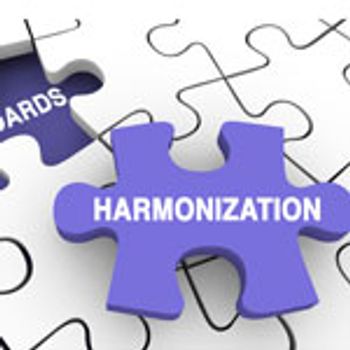
Pharmacopoeia harmonization provides better support for global regulatory agencies and addresses the global nature of bio/pharmaceutical manufacturing and supply.

The authors take a closer look at these ongoing efforts to harmonize compendial standards, with perspective that may be helpful in considering the future direction of pharmacopoeias.

This article provides an end-to-end compendial framework to understand why compliance with pharmacopoeia standards is challenging.

Pharmacopoeia harmonization provides better support for global regulatory agencies and addresses the global nature of bio/pharmaceutical manufacturing and supply.

This article provides an end-to-end compendial framework to understand why compliance with pharmacopoeia standards is challenging.